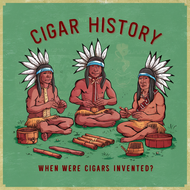Cigar History: When Were Cigars Invented?
Posted by Cigar Tom on 3rd Jul 2024
The history of cigars is a centuries-old tale full of intriguing stories and facts, encompassing the discovery of tobacco, the invention of cigars, their introduction in Europe, and the subsequent evolution and commercialization of the industry.
This article delves into the history of cigars, covering their invention, introduction, and rise to popularity in Europe, various cigar styles, the manufacturing process, and the influence of modern regulations and taxes on the industry.
Cigars: A Timeless Cultural Impact
Cigars have evolved into a socially and culturally significant item embedded in tradition and luxury, symbolizing social status and an appreciation of fine craftsmanship.
Cigar smoking is now emblematic of prestige and sophistication, blending cultural and traditional customs to create a distinctive social experience.
Throughout history, cigars have been deeply woven into the fabric of diverse societies, representing wealth, power, and exclusivity.
Smoking cigars fosters camaraderie and joy, often serving as a means of bonding among individuals in these societies.
The sharing of cigars in many cultures is a gesture of friendship and respect, fostering stronger social connections and a sense of community.
Cigars also hold appeal for many due to their historical importance, with numerous influential figures and leaders of the past finding pleasure in fine cigars.
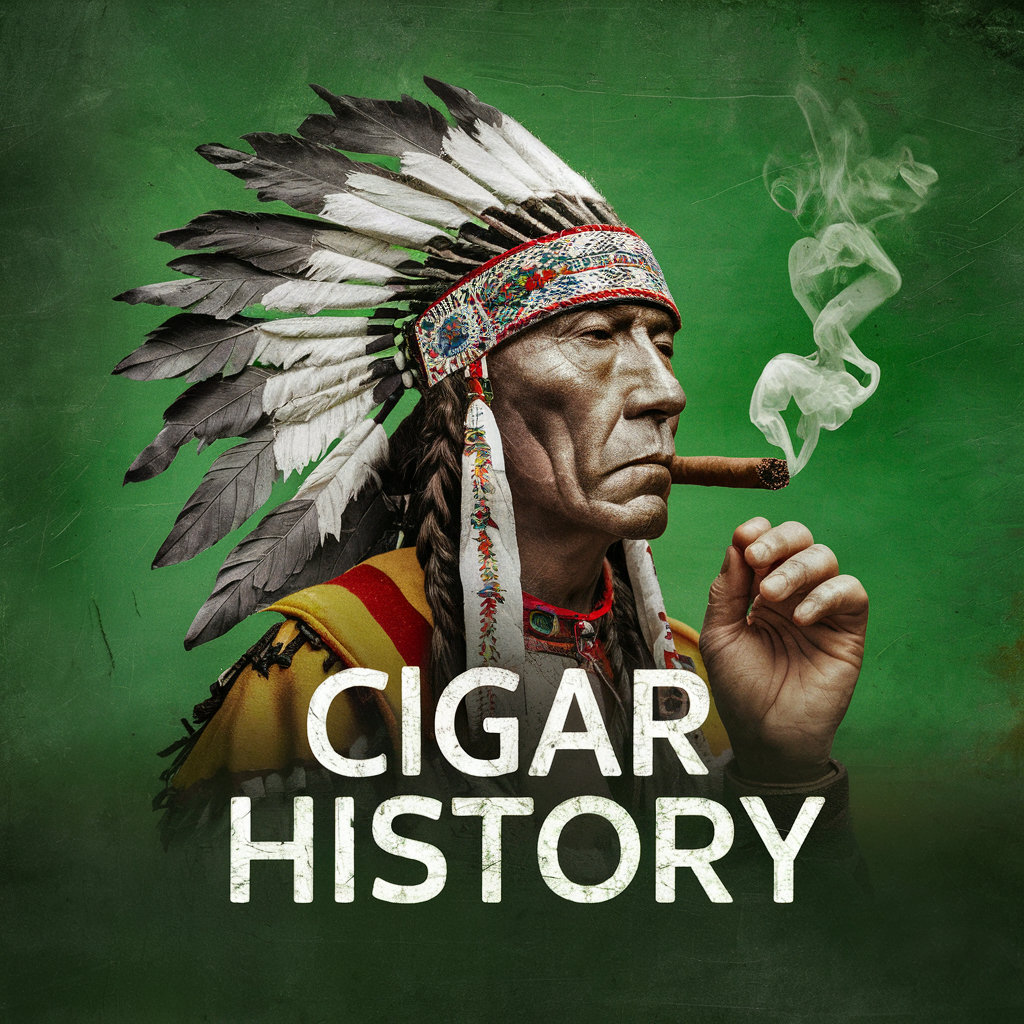
Cigar History: When Were Cigars Invented?
| Period | Event | Description |
|---|---|---|
| 10th Century | Indigenous Origins | Ancient Mayans and indigenous peoples of the Caribbean rolled and smoked tobacco leaves. |
| 1492 | European Discovery | Christopher Columbus and his crew observed tobacco use in Cuba, bringing the practice back to Europe. |
| 16th Century | Spread in Europe | Tobacco smoking becomes popular across Europe, with cigars taking shape in Spain and Portugal. |
| 18th Century | Cigar Production | Commercial cigar production begins, with Cuba becoming the premier region for high-quality cigars. |
| 19th Century | Global Popularity | Cigars gain global popularity, becoming a symbol of sophistication and luxury. |
| 20th Century | Modern Evolution | Introduction of machine-made cigars and a resurgence of premium hand-rolled cigars. |
When Were Cigars Invented?
Cigars have a long history, with their origins shrouded in mystery and the early development of cigars largely unknown.
The evolution of cigars over time, as illustrated in the following timeline, demonstrates how the smoking of cigars has evolved and been adapted across various cultures and regions.
From the basic cigar rolls of ancient civilizations like the Mayans and Aztecs to the industrial-scale production of cigars in modern factories, cigar-making has undergone significant advancements.
Cigars have always been synonymous with celebrations, rituals, and social gatherings, symbolizing luxury and social standing.
The advancements in tobacco cultivation and processing techniques have greatly influenced the taste and quality of cigars, leading to a global market for premium tobacco products.
Ongoing technological innovations continue to drive new production and blending methods, ensuring that the legacy of cigars will remain dynamic and ever-evolving.
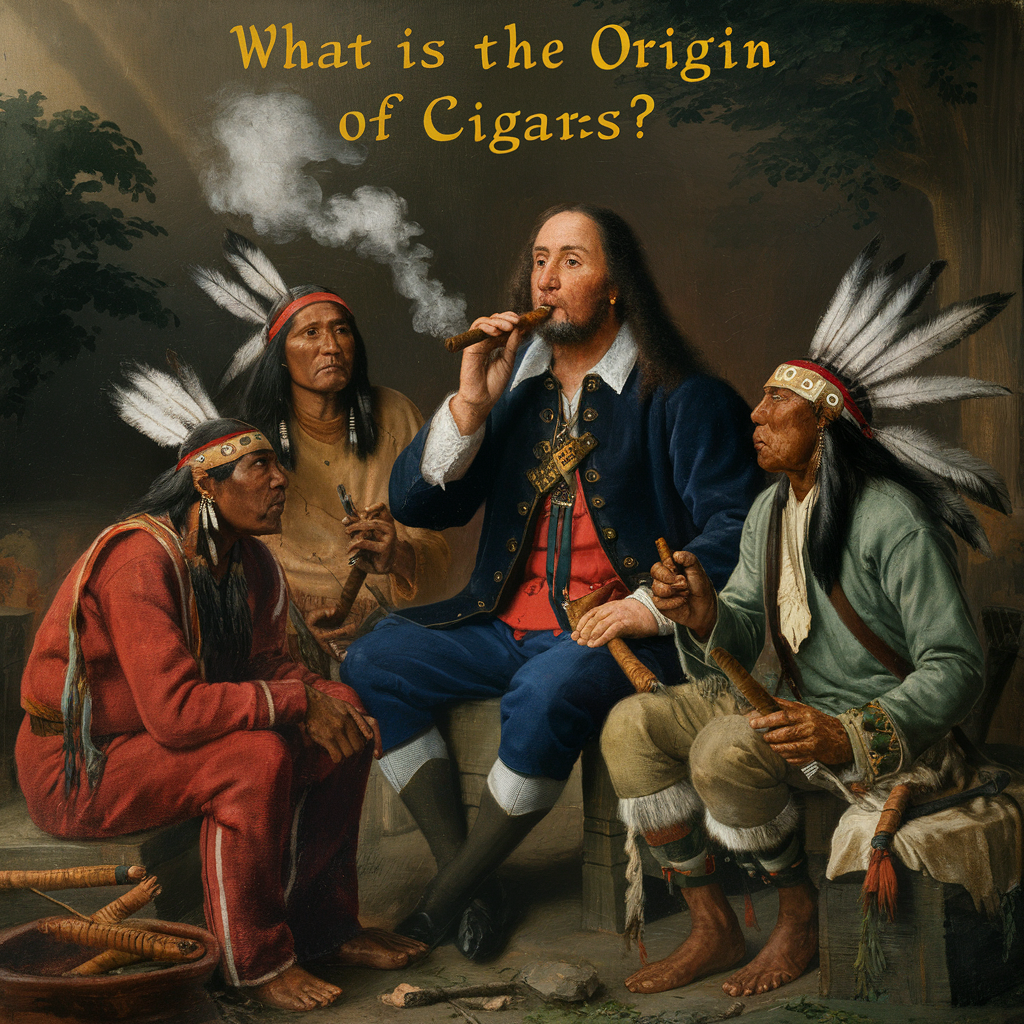
What Is The Origin Of Cigars?
Cigars originated in the Caribbean and the United States, influenced by colonial powers that shaped the production and manufacturing processes of these hand-rolled delicacies.
The global spread of cigars began with the introduction of tobacco to Europe by Christopher Columbus in the late 15th century.
As colonial powers established tobacco plantations in regions like Cuba and the southern United States, cigar production expanded.
The fertile land and favorable climates in these regions enabled the cultivation of high-quality tobacco leaves essential for premium cigar production. Crossbreeding native tobacco varieties with those from Europe resulted in unique flavor profiles that defined the regional characteristics of cigars from these areas.
Who First Introduced Cigars To Europe?
Explorers such as Christopher Columbus introduced cigars to Europe after discovering the tobacco plant during their exploration of the New World.
This introduction of cigars was a significant moment in Europe's history, bringing a new cultural element following Columbus's tobacco discovery.
The encounter with tobacco sparked curiosity among the European nobility, leading to the widespread practice of cigar smoking among the aristocracy.
The popularity of cigars in Europe began to impact social gatherings, fashion trends, and diplomatic strategies. It also fueled European interest in the New World, stimulating exploration and trade opportunities.
How Did Cigars Become Popular?
The historical significance of cigars and the influence of historical figures like Christopher Columbus in their dissemination have contributed to their popularity.
Not only did figures like Columbus play a crucial role, but the affinity of historical figures such as Winston Churchill further enhanced the allure of cigars, transforming them into a symbol of sophistication, elegance, and luxury.
The cultural and social significance of cigar enjoyment, including the rituals of cutting and lighting, heightened the sense of luxury, exclusivity, and pleasure associated with the product.
These traditions often passed down through generations, have increased the exclusivity of cigar aficionados and have been instrumental in establishing cigars as a status symbol across society.
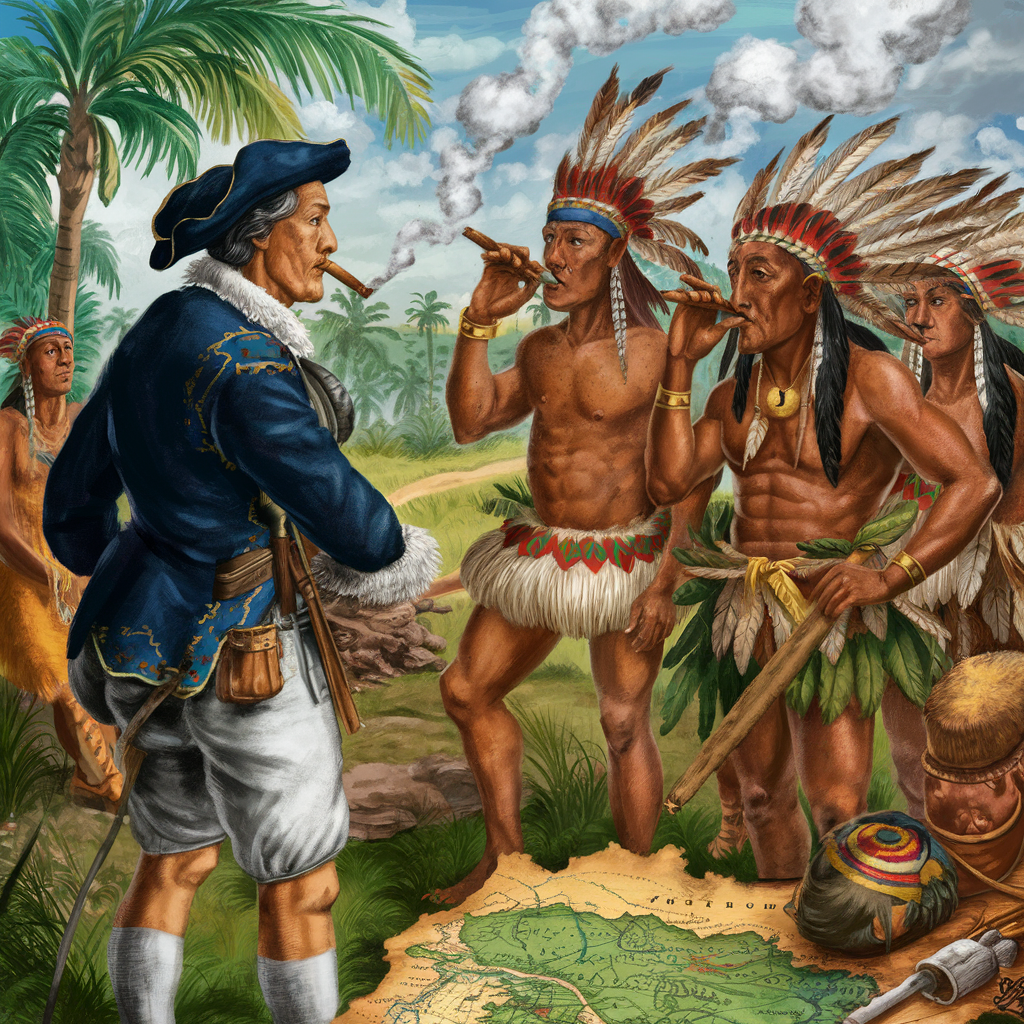
What Role Did Christopher Columbus Play In The Popularity Of Cigars?
Christopher Columbus's discovery of tobacco during his voyages was a pivotal moment in the popularization of cigars as he introduced this newfound luxury to the colonial world, establishing cigars as a symbol of wealth and accomplishment.
His exploration not only led to the physical discovery of tobacco plants, but also sparked a cultural phenomenon that would eventually evolve into the cigar industry.
This new emblem of social status became closely linked with the elite class during the colonial period, with cigars becoming synonymous with privilege and prestige.
The association of cigars with affluence and refinement was further reinforced by Columbus's initial encounter with tobacco in the New World.
How Did Cigars Become A Status Symbol?
Cigars hold cultural significance as a status symbol, embodying luxury, prestige, and cultural tradition. They have transitioned to symbolize sophistication and social distinction among cigar aficionados and connoisseurs.
Exclusive gatherings and high-end events often feature cigars, where individuals showcase their appreciation for exquisite craftsmanship and refined tastes.
The allure of cigars extends beyond their flavors and aromas to encompass the rich rituals and etiquette that have evolved around them, rooted in a shared cultural history.
The fine accessories and collections associated with cigar culture further link cigars to discerning palates and lifestyles, as well as to timeless traditions and a sense of belonging to an exclusive community.
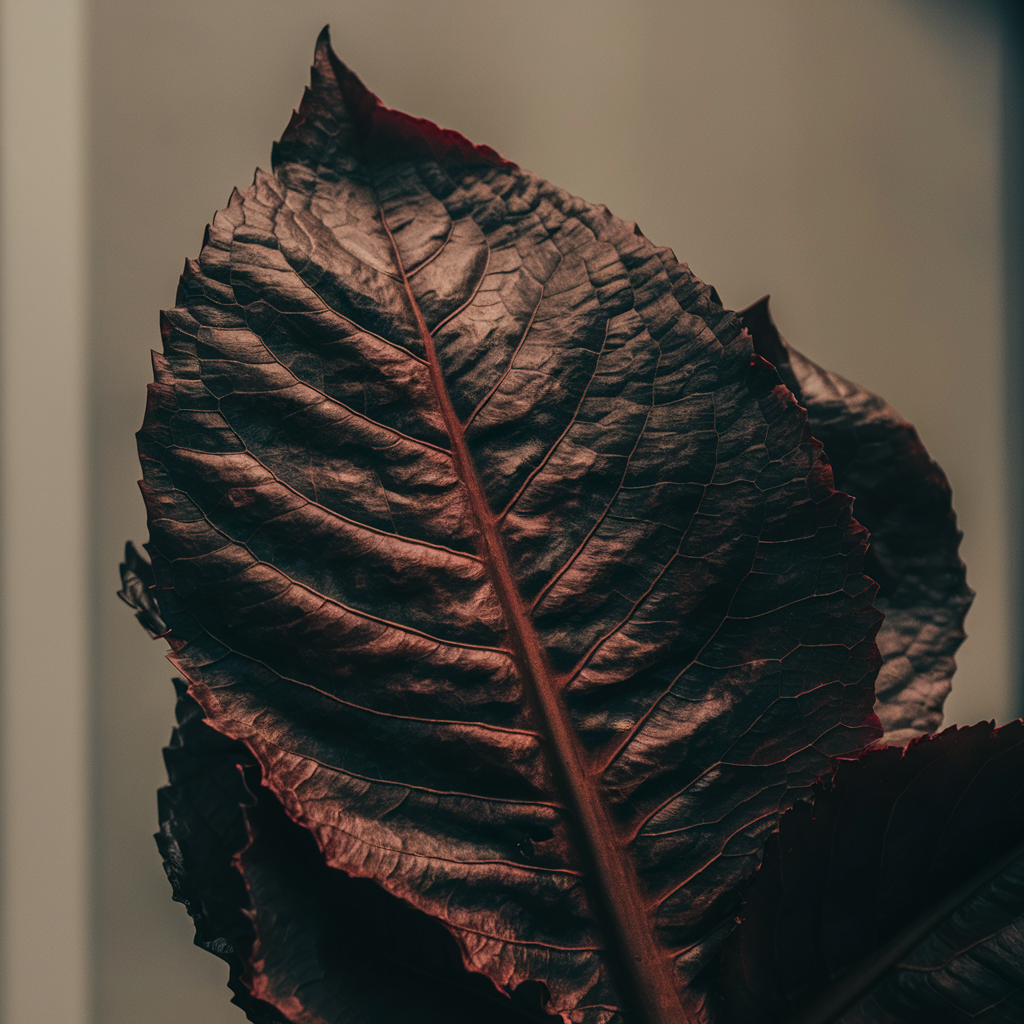
What Are The Different Styles Of Cigars?
Cigar styles vary greatly, with hand-rolled and machine-made cigars offering distinct characteristics and flavors. Popular cigar shapes like Robusto, Churchill, and Corona cater to different preferences and smoking experiences.
Hand-rolled cigars are considered premium products crafted by skilled artisans using high-quality tobacco leaves that undergo a meticulous rolling process. In contrast, machine-made cigars are mass-produced by automated devices, resulting in a more consistent flavor profile.
- Robusto: The Robusto is characterized by its shorter length and thicker shape, leading to a rich and concentrated flavor profile.
- Churchill: The Churchill, known for its long length and thin shape, provides a cool, light, and complex smoking experience.
- Corona: The Corona strikes a balance between its size and smoking time, making it a popular choice among cigar enthusiasts.
What Is The Difference Between Hand-rolled And Machine-made Cigars?
The difference between hand-rolled and machine-made cigars lies in the approach to production.
Hand-rolled cigars prioritize individual craftsmanship and personalization, with skilled artisans dedicating detailed attention to each step of the process.
From hand-selecting the finest tobacco leaves to meticulously shaping and rolling each cigar, hand-rolled cigars reflect the traditions and expertise of cigar-making cultures.
In contrast, machine-made cigars are mass-produced using automated processes focused on efficiency and consistency.
While machine-made cigars offer affordability and a uniform flavor profile, they often lack the distinctiveness and nuanced flavors found in hand-rolled cigars.
What Are The Most Popular Cigar Shapes?
The most popular cigar shapes are Robusto, Churchill, Corona, and Figurado, each offering a unique smoking experience based on their physical dimensions and flavor characteristics.
Robusto cigars, known for being short and robust in body and flavor, are among the most favored cigar shapes. Churchill cigars, on the other hand, are characterized by their long and gentle body and flavor profile.
Corona cigars fall in the medium range in terms of body and size. Figurado cigars stand out with their unconventional shapes like the perfecto and torpedo, which are appreciated by cigar enthusiasts for their complexity and creativity.
What Is The Process Of Making Cigars?
The process of cigar manufacturing involves progressing tobacco leaves from cultivation in plantations to carefully curing, fermenting, and aging before expert hands roll them into finished hand-rolled cigars.
Each step of the cigar manufacturing process is a precise art that relies on a deep understanding of the unique characteristics of various types of tobacco.
Cultivating tobacco entails selecting the right seeds, implementing agricultural practices for healthy growth, and closely monitoring the plant's growth to facilitate optimal flavor development.
After harvesting, the leaves undergo a meticulous curing process to dry them and enhance their distinctive aroma. Subsequently, fermentation occurs, allowing the leaves to mature and the flavors to blend harmoniously.
Finally, the tobacco leaves are aged in controlled conditions to further enhance the taste and complexity of the tobacco before being skillfully rolled into cigars.
What Are The Different Types Of Cigars?
Cigars are available in various shapes and sizes, including Robusto, Churchill, Corona, and Figurado (which encompasses torpedoes and pyramids), each crafted using different combinations of wrapper, filler, and binder materials.
- Robusto cigars are compact and robust, renowned for their small size and bold flavor profile.
- Churchill cigars are elongated and slender, offering a cooler smoking experience due to their wider ring gauge.
- Corona cigars are a popular choice for novices, being of standard size and flavor. Figurado cigars, like torpedoes and pyramids, stand out for their unique tapered shape at both ends, enhancing the smoking journey with varying strengths throughout the smoke.
What Are The Different Types Of Tobacco Used In Cigars?
Cigars are crafted using a variety of tobacco types, including Habanos, for their wrapper, filler, and binder components, each contributing distinct flavors and aromas to the smoking experience.
Habanos are renowned for their robust earthy flavors and intense burning characteristics, other tobacco varieties, like Connecticut Shade and Sumatra, are commonly utilized in cigar production.
Connecticut Shade tobacco is prized for its gentle, smooth, and creamy profile, often employed in the wrappers of milder blends, whereas Sumatra leaf introduces a slightly spicy and sweet element to a blend's flavor profile.
The selection of tobacco type plays a crucial role in shaping the overall taste, strength, and complexity of a cigar, highlighting its significance in crafting premium-quality cigars.
How Are Cigars Aged?
Cigars undergo an aging process after fermentation to enhance and develop their flavors with a more nuanced complexity over time.
Controlled environments and precise aging procedures are employed to benefit cigars before they are ready for the consumer.
Aging involves storing cigars in environments where temperature, humidity, and airflow are carefully regulated.
This controlled setting is essential for specific chemical reactions to take place within the tobacco leaves, resulting in the refinement of flavors and aromas.
Aging durations can range from several months to several years, with some premium cigars even aged for decades. Throughout this period, the flavors blend and mature, leading to a more balanced smoking experience with a sophisticated flavor profile.
How Has The Cigar Industry Evolved?
The cigar industry's history has been marked by important events such as the Cuban Embargo and the industry's evolution to follow modern trends and regulations, which have shaped the industry landscape for the production and consumption of premium cigars.
These historical events have had a significant impact on how the cigar industry has changed to meet the demands and challenges of the present day.
From the early days of hand-rolled Cuban cigars to the globalization of cigar production, the industry has continued to innovate and diversify its offerings.
With the proliferation of technology and changing consumer preferences, cigar manufacturers have adopted new marketing strategies and product developments to remain competitive in the market.
By implementing sustainability practices and quality standards, the industry is working through a period of modernization while maintaining its rich history.
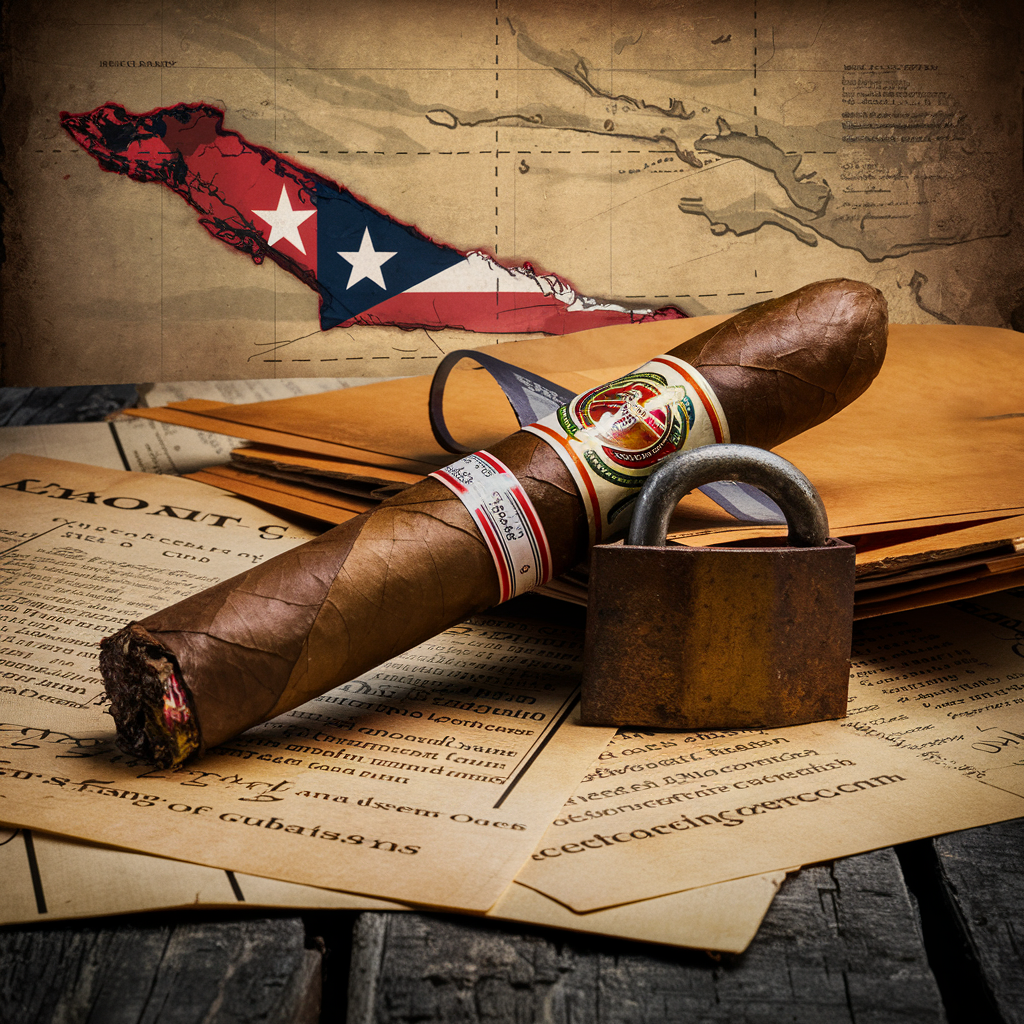
What Impact Did The Cuban Embargo Have On The Cigar Industry?
The Cuban Embargo had a significant impact on the cigar industry by disrupting production and manufacturing processes in Cuba.
This disruption led to other cigar-producing regions emerging as leaders in the industry, contributing to the development of a rich heritage of premium cigar craftsmanship.
The increased market share of premium alternatives to Cuban cigars spurred manufacturers outside of Cuba to enhance the quality of their products by investing in innovative techniques and blends to cater to the growing premium market.
Countries like Nicaragua, the Dominican Republic, and Honduras experienced a resurgence in their cigar industries by focusing on preserving traditional craftsmanship and techniques that were previously exclusive to Cuba.
These regions outside of Cuba were compelled to cultivate their unique styles while paying homage to the esteemed Cuban cigar-making legacy.
How Have Cigars Adapted To Modern Times?
In response to the challenges of the modern era, the cigar industry has navigated restrictive regulations and high taxes, employed new production technologies, and developed new product lines to meet changing consumer preferences and market demands.
These industry changes have prompted cigar makers to innovate their business practices, including creating premium blends for discerning customers and embracing environmentally sustainable methods.
Additionally, they have implemented digital marketing strategies and collaborated with e-commerce platforms to adapt to the evolving consumer landscape.
Despite obstacles like advertising and packaging restrictions, the industry has persevered by fostering a community of enthusiasts through engaging experiences and events.
What Is The Future Of Cigars?
The future of cigars appears promising as the industry adapts to changes and embraces innovations in technology, evolving market trends, and a growing global demand for high-quality tobacco products.
As an industry that is constantly evolving, the future of cigars is poised for continuous growth and advancement.
With the introduction of new technological advancements, the future of cigars may offer a broader range of personalized experiences for consumers.
Innovations such as custom blends, unique cigar shapes, and digitally monitored humidors are revolutionizing the traditional art of enjoying cigars.
Sustainability trends are also expected to influence the future of cigars, leading to the development of more eco-friendly packaging and sourcing practices.
Shifting regulations and increased consumer interest in healthier smoking alternatives are prompting cigar manufacturers to explore innovative production methods and product offerings to cater to a diverse customer base.
What Is The Current State Of The Cigar Industry?
In the dynamic market landscape of the cigar industry, industry players are faced with a mix of challenges and opportunities.
Navigating regulatory frameworks, market demands, and evolving consumer preferences is essential for maintaining growth and relevance.
To address these challenges, cigar manufacturers are increasingly focusing on innovation and product diversification to align with changing consumer tastes.
Strategic partnerships and collaborations within the industry have become more prevalent, enabling companies to leverage synergies and expand their market reach.
Embracing digital marketing and e-commerce platforms is also a key strategy for reaching new consumer segments and enhancing brand visibility.
Despite facing obstacles such as stringent regulations and economic uncertainties, the cigar sector has demonstrated resilience and is poised for strategic growth in the coming years.
How Are Cigars Being Affected By Regulations And Taxes?
Regulation and taxation policies regarding cigars have a lasting impact on business practices, consumer affordability, and market accessibility.
Manufacturers need to adhere to regulatory measures and develop strategies for long-term growth and sustainability while adjusting to consumer preferences and purchasing patterns influenced by regulations and taxes in the cigar industry.
The effects of regulation and taxes on the cigar industry extend beyond changes in production and pricing.
Companies must also revise their compliance standards to meet the new requirements, which often involves altering cigar box labels, product packaging, and sales approaches.
Fluctuating tax rates significantly affect market demand and competition, prompting many market players to innovate and offer a wider range of products to maintain market share and meet changing consumer expectations.

Frequently Asked Questions
What is the history of cigar smoking?
Cigar smoking can be traced back to ancient civilizations, with evidence of tobacco leaves being used for medicinal and ritual purposes as early as 5000 BC. However, it wasn't until the 16th century that cigars as we know them today were introduced to Europe by Christopher Columbus and his crew.
When were cigars invented?
The exact date when cigars were invented is unclear, but it is believed to have been in the late 1400s to early 1500s by the Indigenous people of the Caribbean and Central America. These early cigars were rolled with dried tobacco leaves and smoked through a pipe-like instrument.
Who is credited with the invention of cigars?
While the indigenous people of the Caribbean and Central America are believed to have invented cigars, it was Christopher Columbus who introduced them to Europe. He and his crew encountered the indigenous people smoking rolled-up tobacco leaves during their explorations and brought the practice back to Europe with them.
How did cigars become popular in Europe?
Cigars gained popularity in Europe during the 16th century, primarily among the upper class and nobility. It was seen as a luxury item and a symbol of wealth and status. As the demand for cigars grew, tobacco plantations were established in areas such as Cuba and the Caribbean to meet the demand.
When did cigar production become industrialized?
In the 19th century, cigar production became industrialized with the introduction of cigar-rolling machines. This allowed for a larger-scale production of cigars and made them more affordable for the general population. The industrialization of cigar production also led to the creation of various cigar brands and styles that we still see today.
How has the popularity of cigars changed over time?
While cigars were once a symbol of wealth and status, their popularity declined in the early 20th century due to anti-smoking campaigns and the rise of cigarettes. However, in recent years, there has been a resurgence in cigar smoking as a leisure activity and a growing interest in premium and hand-rolled cigars. Today, cigars continue to be a significant part of many cultures and are enjoyed by people all over the world.




